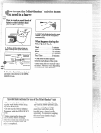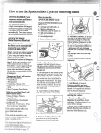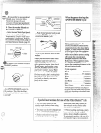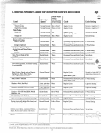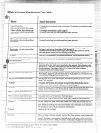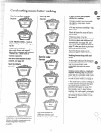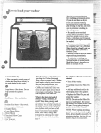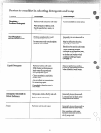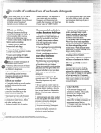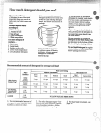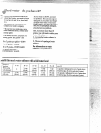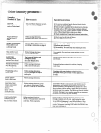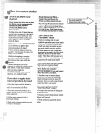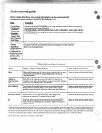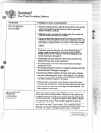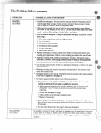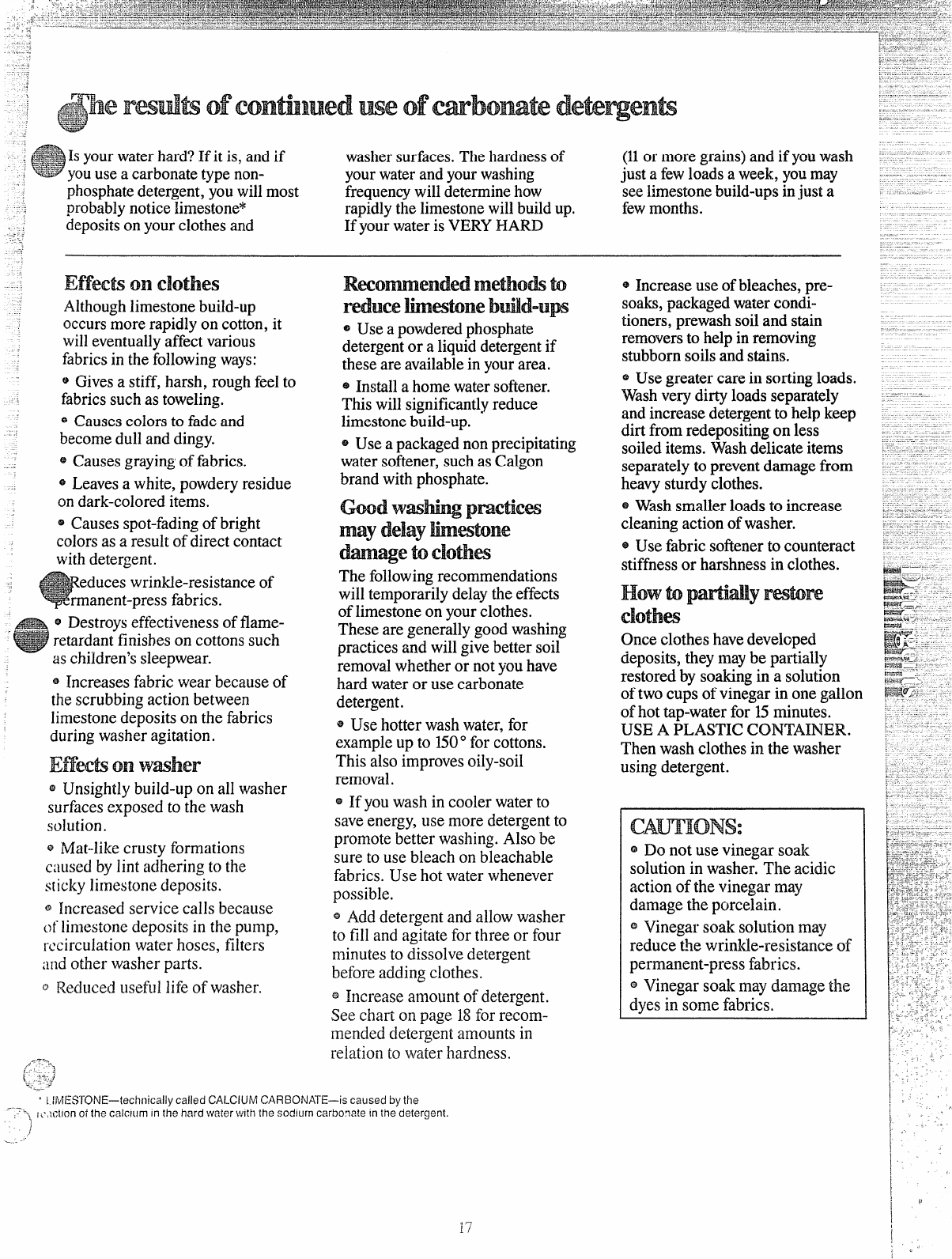
..-,
.,.—%
:
~
~neradk ofconthlued we ofmbnak dekwen@
d
z.=y==~
..-.+,~
.
Isyourwaterhard?If it is, and if
washersurfaces.The hardnessof
(11or more grains)and if youwash
youusea carbonatetypenon- Yourwaterand yourwashing
iusta fewloadsa week, youmay
phosphatedetergent,-~ouwillmost ~requencywill determineh;w
;ee limestonebuild-upsinjust a
probablynoticelimestone* rapidlythelimestonewillbuildup.
fewmonths.
depositsonyour clothesand If yourwateris VERYHARD
Efiwk on clothes
Althoughlimestonebuild-up
occursmore rapidly on cotton,it
willeventuallyaffectvarious
fabricsin the followingways:
* Givesa stiff, harsh, rough feelto
fabricssuch as toweling,
~ Causescolors to fade and
becomedull and dingy.
~ Causesgrayingof fabrics.
~ Leavesa white, powderyresidue
ondark-colored items.
~ Causes spot-fadingof bright
colorsas a result of direct contact
withdetergent.
educes wrintie-resistance of
~rmanent-pressfabrics.
_ ~ Destroyseffectivenessof flame-
.—
retardantfinishes on cottonssuch
as children’ssleepwear.
@Increases fabric wear becauseof
the scrubbing action between
limestonedeposits on the fabrics
during washer agitation.
Eflmti on Wwher
= Unsightly build-up on all washer
surfaces exposed to the wash
solution,
QMat-like crusty formations
caused by lint adhering to the
s[icky1imestonedeposits.
@Increased service calls because
c}f
limestone deposits in the pump,
recirculation water hoses, filters
and other washer parts.
~~Reduced usefu~life of washer.
.>.--.,,
..- .~.
{-‘-.-=
1
:>J
..
---.,=—-J
Rwomended methom@
reduceb=tine
bdd-u~
o Use apowderedphosphate
detergentor a liquiddetergentif
theseare availablein yourarea.
@Installa home watersofiener.
This will significantlyreduce
limestonebuild-up.
~ Use a packagednon precipitating
watersoftener,suchas Calgon
brand with phosphate.
Wd Wmx
pmctiea
ma. delay Mabne
-we h Cloth&
The followingrecommendations
will temporarily delay theeffects
oflimestone on yourclothes.
These are generally goodwashing
practices and will givebetter soil
removalwhether or notyou have
hard water or use carbonate
detergent.
~ Use hotter wash water,for
exampleup to 1500for cottons.
This also improvesoily-soil
removal.
~ If you wash in cooler water to
saveenergy,use more detergentto
promote better washing.Also be
sure to use bleach on bleachable
fabrics. Use hot water whenever
possible.
@Add detergent and allowwasher
to fill and agitate for three or four
minutesto dissolvedetergent
before adding clothes.
@Increase amount of detergent,
See chart on page 18for recomm-
ended detergent amounts in
relation to water hardness.
~ Increase use ofbleaches,pre-
soaks,packagedwater condi-
tioners,prewashsoiland shin
removersto help in removing
stubbornsoilsand stains.
~ Use greater care in sortingloads.
Washvery dirty loadsseparately
and increase detergentto help keep
dirt from redepositingon less
soileditems. Washdelicate items
separatelyto preventdamagefrom
heavysturdy clothes.
@Washsmaller loadsto increase
cleaningaction ofwasher.
@Use fabric softenerto counteract
stiffnessor harshnessin clothes.
How h ptiiwy F@re
Clothw
Once clothes havedeveloped
deposits,they maybe partially
restored by soting in a solution
oftwo cups of vinegar in one gallon
of hot tap-waterfor 15minutes.
USE A PLASTIC CONTAINER.
Then wash clothesin the washer
usingdetergent.
I
@Do not use vinegar soak
solution in washer. The acidic
action of the vinegar may
damage the porcelain.
@Vinegar soak solution may
reduce the wrinUe-resistance of
permanent-press fabrics.
@Vinegar soak may damage the
dyes in some fabrics.
‘ [ !h4ES~ONE—technicallycalled CAI.CIUIMCARBONATE—iscaused bythe
‘- ‘-’-=3i~’.~i;iionof the calci(~min the hard v{aterw~ifhthe sodium carbonate in the detergent.



